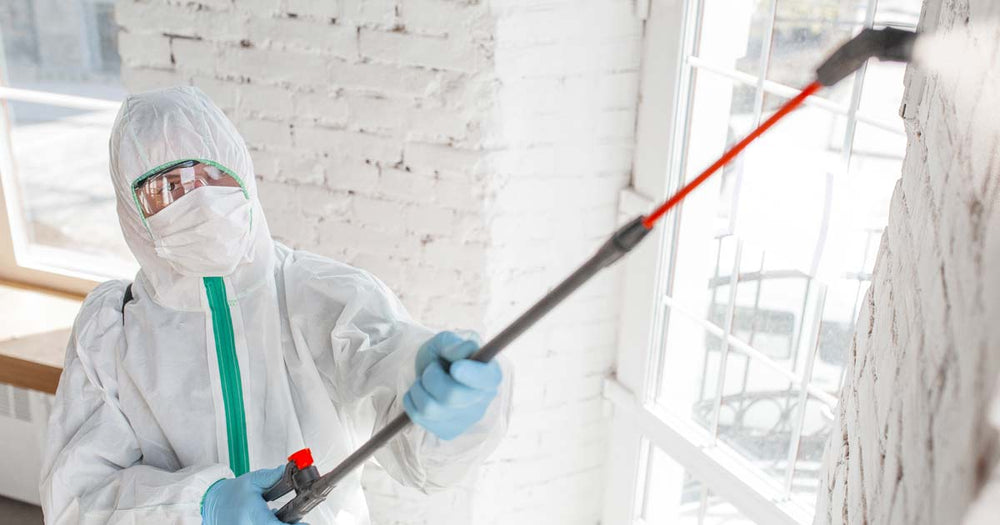
Pre-Renovation Costs: Planning and Permits
Before you even touch a hammer, significant costs can accumulate. This includes architectural drawings and design plans, if you’re not handling this yourself. Professional design services can be substantial, depending on the complexity of your renovation. Then there are the permits. Building permits are a necessity in most jurisdictions, and the fees vary widely based on the scope of the project and your local regulations. Thorough research and early engagement with your local authorities are vital to avoid costly delays or unexpected fines later on. Don’t forget to factor in costs associated with getting quotes from various contractors, including travel time if they are not local.
Demolition and Site Preparation: Clearing the Way
Getting your space ready for the renovation is often overlooked in initial budgeting. This stage might involve demolition of existing structures, removal of debris, and preparation of the site for new construction. If asbestos or lead paint is present, abatement costs can add significantly to your budget. Also consider the cost of disposing of demolition waste responsibly – this isn’t always free and can be quite expensive, depending on the volume and type of waste. If you’re dealing with significant structural work, you’ll likely need to rent or purchase specialized equipment for demolition and site preparation.
Structural Work: The Foundation of Your Renovation
Structural changes are typically the most expensive part of any major renovation. This could include anything from foundation repairs to load-bearing wall removal or additions. These tasks often require specialized skills and expertise, resulting in higher labor costs. Material costs for structural elements like lumber, steel, concrete, and specialized fasteners can also be substantial. It’s crucial to get detailed quotes from experienced structural engineers and contractors who specialize in this type of work. Underestimating the cost of structural work is a common mistake that leads to budget overruns.
Plumbing and Electrical: The Invisible Essentials
While not as visually striking as other aspects of the renovation, plumbing and electrical work is absolutely essential and often costly. Relocating plumbing fixtures, installing new pipes, and updating your electrical system can all contribute significantly to the overall budget. If you’re upgrading to more energy-efficient systems, the upfront costs will be higher, but you’ll likely see savings on your utility bills in the long run. Remember to factor in the cost of inspections to ensure the work is done correctly and up to code, which is crucial for safety and compliance.
Interior Finishes: The Beauty and Comfort
This is where you bring your design vision to life. Interior finishes include everything from flooring and cabinetry to countertops, paint, and lighting fixtures. The choices you make here can drastically impact your budget. Luxury materials like high-end hardwood flooring or marble countertops will naturally be more expensive than more affordable alternatives. It’s often helpful to create a detailed list of all the finishes you’ll need and get multiple quotes for materials to ensure you’re getting the best prices. Consider the longevity of materials – sometimes investing a bit more upfront can save you money in the long run.
Appliances and Fixtures: The Finishing Touches
New appliances and fixtures add functionality and style to your renovated space. This includes everything from kitchen appliances like refrigerators and ovens to bathroom fixtures like sinks, toilets, and showers. The cost of these items can vary widely depending on the brand, features, and quality you choose. Energy-efficient appliances can offer long-term savings but may have a higher initial cost. Shopping around and comparing prices from various retailers is essential to finding the best deals. Don’t forget about smaller items like cabinet hardware and light switches; they add up quickly!
Unexpected Costs and Contingency Planning
Even with the most meticulous planning, unexpected costs are virtually inevitable in a home renovation. This could range from discovering hidden problems during demolition to material price increases or unforeseen delays. It’s crucial to include a contingency buffer in your budget – typically 10-20% of the total estimated cost. This allows you to absorb unexpected expenses without derailing the entire project. Keeping a detailed record of all expenses will help you manage the budget effectively and identify potential areas of overspending.
Labor Costs: The Human Element
Labor costs are a major component of your overall budget. The cost of labor depends on factors such as the complexity of the project, the contractor’s experience and expertise, and the local market rates. Get multiple bids from reputable contractors, and compare not just the final price, but also the level of detail in the quotes and the contractors’ communication. Clearly defined scopes of work are vital to avoid misunderstandings and disputes later on. Remember to factor in potential overtime charges if the project takes longer than anticipated.








